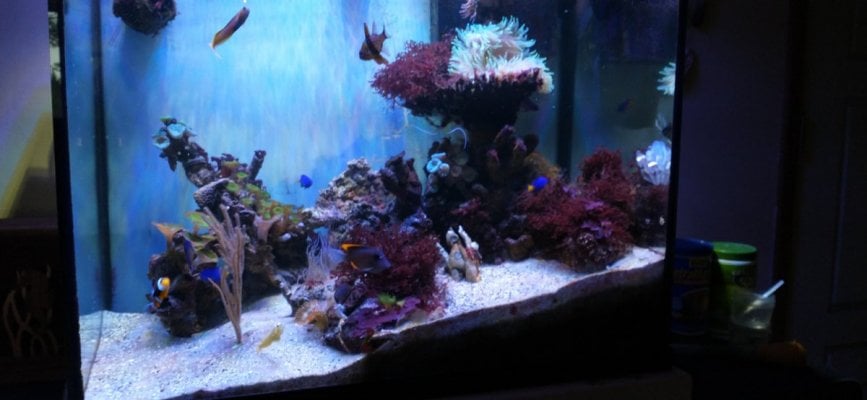Almost 20 years ago, when I was first going to start a reef tank, my plan was to do a deep sand bed. I loved the idea that deep sand beds (without sand sifting creatures) were an integrated part of the reef ecosystem. It appeared that there were a lot of people who had them for years and years.
It appears now that the hobby has moved away from this.
Is this because deep sand beds do not work?
Is this because deep sand beds are too risky?
Is this because deep sand beds have been replaced by something better?
Is this because deep sand beds have just shifted in popularity?
Is there anyone still starting new tanks with deep sand beds?
Thanks!
It appears now that the hobby has moved away from this.
Is this because deep sand beds do not work?
Is this because deep sand beds are too risky?
Is this because deep sand beds have been replaced by something better?
Is this because deep sand beds have just shifted in popularity?
Is there anyone still starting new tanks with deep sand beds?
Thanks!


















